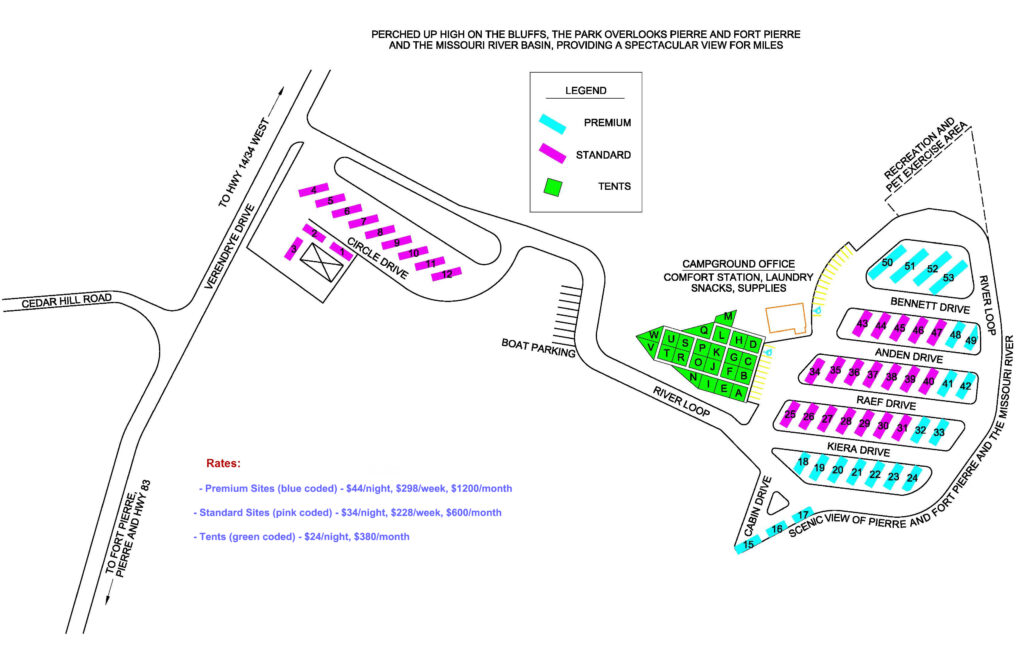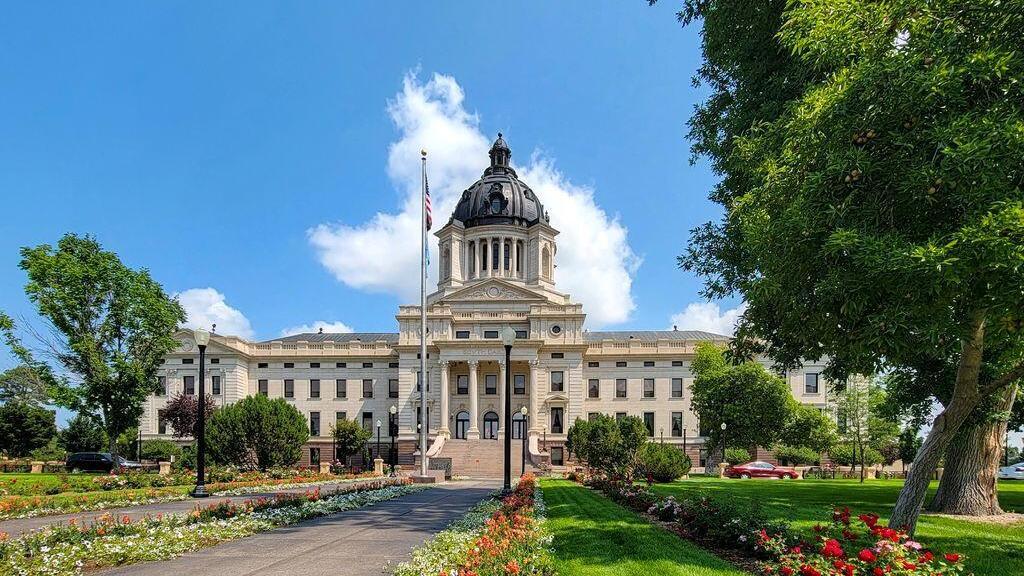
Pierre, SD
The history of Pierre, South Dakota, is intertwined with the broader history of the American West and the development of the Dakotas as territories and states. The area around present-day Pierre was inhabited by various Native American tribes, including the Dakota Sioux. The region was rich in natural resources and was used for hunting, fishing, and gathering. European explorers, fur traders, and settlers began to arrive in the region in the 18th and 19th centuries. The area was explored by French and British fur traders, and it played a significant role in the fur trade economy.
When South Dakota became a state in 1889, Pierre was chosen as the state capital. This decision was influenced by Pierre’s central location within the state and its accessibility via the Missouri River. As the capital of South Dakota, Pierre saw significant growth in the late 19th and early 20th centuries. Government buildings, schools, and infrastructure were established to support the state government and the growing population. Agriculture, especially wheat farming, played a significant role in the economy of the region.
We spent a few hours one day touring the capitol building. Completed in 1910, the Capitol stands as an architectural marvel and a symbol of South Dakota’s history and government. Designed by architect George W. Rapp, the building is characterized by its Neoclassical style, featuring impressive columns, grand staircases, and a prominent central dome. The exterior is made of South Dakota limestone, giving the building a solid and enduring appearance. The Capitol’s design draws inspiration from classical Greek and Roman architecture, reflecting the ideals of democracy and civic duty. Inside, the Capitol is equally impressive, with intricately decorated chambers, murals, and sculptures that depict South Dakota’s history, culture, and natural beauty. The Capitol houses the offices of the governor (we spent quite a while there talking to Governor Noem’s Administrative Assistant learning about the Governor and the state), lieutenant governor, and various state agencies, making it the administrative center of South Dakota’s government. It’s open to the public for tours, allowing visitors to explore the building’s history, architecture, and the significance of its various elements.

The Verendrye claim of the Pierre, South Dakota area for France is a fascinating historical episode that harkens back to the era of exploration and territorial expansion. The Verendrye family, led by Pierre Gaultier de Varennes, sieur de La Vérendrye, were French-Canadian explorers who ventured into the vast interior of North America during the 18th century.
In the mid-1700s, the Verendryes and their expedition party made their way to the present-day Pierre area along the Missouri River. In 1743, they erected a lead plate inscribed with a claim to the land on behalf of France, asserting French sovereignty over the region. This claim was a part of France’s broader efforts to assert control and lay claim to territories in North America.
While the Verendrye claim marked a symbolic gesture of French exploration and territorial ambitions, it’s important to note that the area eventually came under Spanish control as a result of treaties and shifting alliances. Spain, in turn, transferred control to the United States as part of the Louisiana Purchase in 1803.
The Verendrye claim serves as a reminder of the complex and interconnected history of colonial powers vying for dominance in the New World. It’s a testament to the courage and determination of explorers who ventured into uncharted territories, leaving behind traces of their journeys that continue to capture the imagination of those interested in the history of the American West.

The first school in Pierre was established in the late 19th century, during a time when the town was still evolving. The school began in a modest structure, reflective of the era’s frontier conditions. This one room 14′ x 20′ structure served 18 students in 1881 for several months until the public school opened in October if that same year. Over the years, as Pierre grew and prospered, so did its educational facilities. The early one-room schoolhouses eventually gave way to more modern and comprehensive educational institutions.

We enjoyed going to the museum and learning about the history of the South Dakota National Guard. As part of the United States National Guard, it plays a dual role, serving both the state and the nation.
In times of need, whether it’s a natural disaster, civil unrest, or other emergencies, the South Dakota National Guard can be called upon by the governor to provide assistance and support within the state’s borders. This includes tasks like disaster relief, search and rescue, and maintaining order during emergencies.
On the national level, the South Dakota National Guard can be federalized and called into active duty by the President of the United States. In this capacity, guard units from South Dakota may be deployed overseas as part of larger military operations. Their training and readiness ensure that they can seamlessly transition from their civilian lives to military service when required.
The South Dakota National Guard has a long history of service, participating in various conflicts and missions throughout the years. It’s a crucial part of the state’s security infrastructure and embodies the dedication of citizen-soldiers who are willing to step up and serve their community and country when called upon.
Ft. Pierre
Fort Pierre, South Dakota, is a town rich in history and character. Situated along the Missouri River and just across from its sister city, Pierre, Fort Pierre has its own distinct charm. It’s often referred to as one of the oldest continuously inhabited settlements in the Dakotas, with a history that dates back to the fur trading days of the early 19th century.
The town takes its name from Fort Pierre Chouteau, a trading post established by the American Fur Company in 1832. This trading post played a significant role in the fur trade industry, connecting Native American trappers and traders with European merchants. The old trading post building still stands as a historic site and a testament to the town’s past.
Today, Fort Pierre maintains its historic atmosphere while offering modern amenities and a close-knit community. Visitors can explore the area’s history through various museums, galleries, and landmarks. The Casey Tibbs South Dakota Rodeo Center is a notable attraction, celebrating the state’s rich rodeo heritage. The nearby Oahe Dam and Lake Oahe offer outdoor enthusiasts opportunities for boating, fishing, and relaxation against the backdrop of the stunning Missouri River.
Overall, Fort Pierre encapsulates the spirit of the American West with its history, natural beauty, and friendly community. It’s a place where the past and present coexist, inviting visitors to discover its unique blend of heritage and hospitality. During the time we were visiting, the yearly Fort Pierre Trader Days was in progress and we got to eat some pretty good BBQ as well as spend some time enjoying Turkey Races and Mud Wrestling.
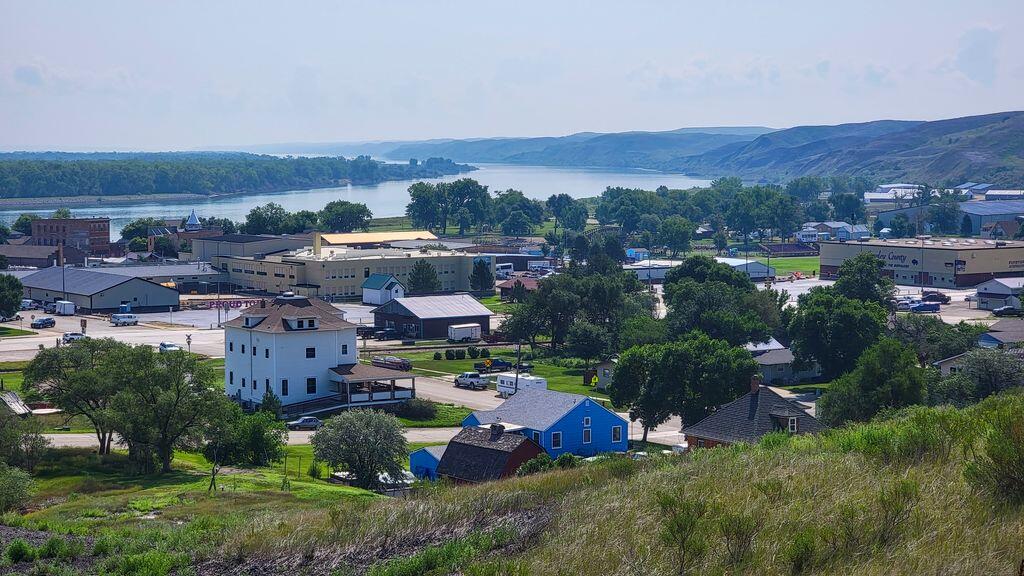
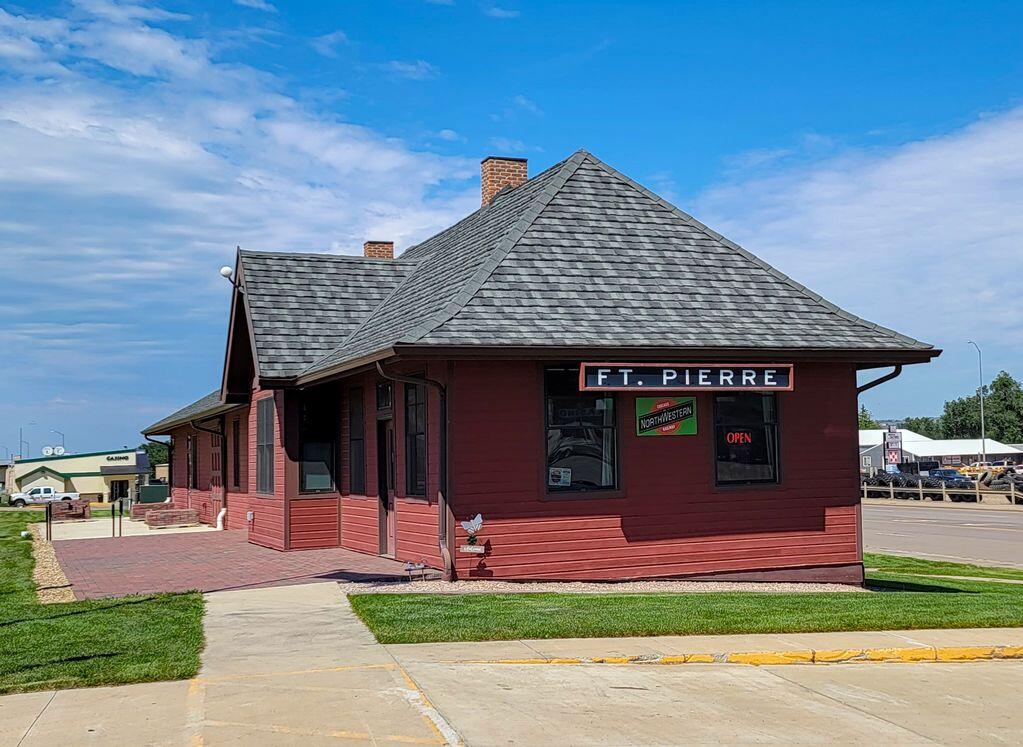
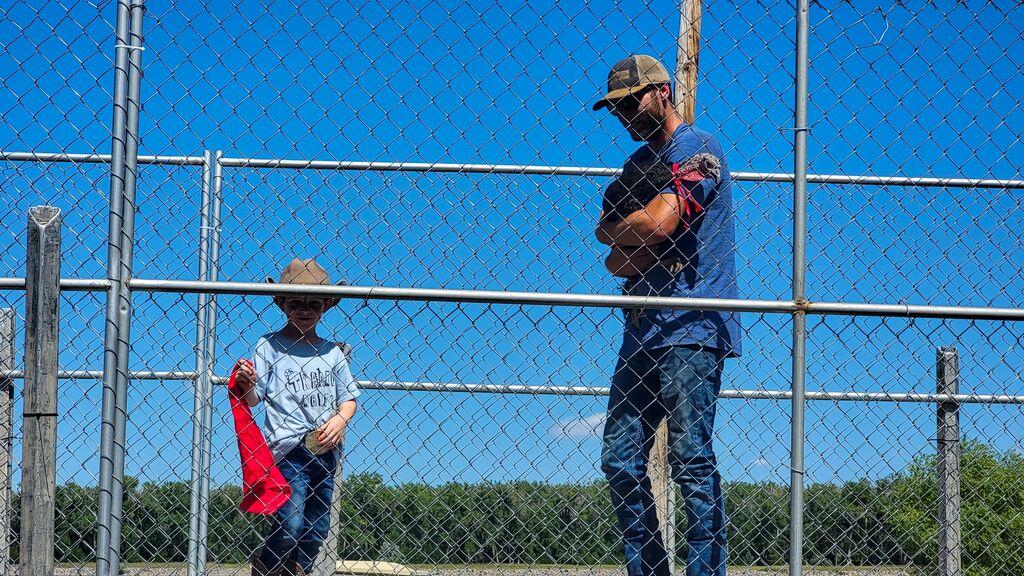
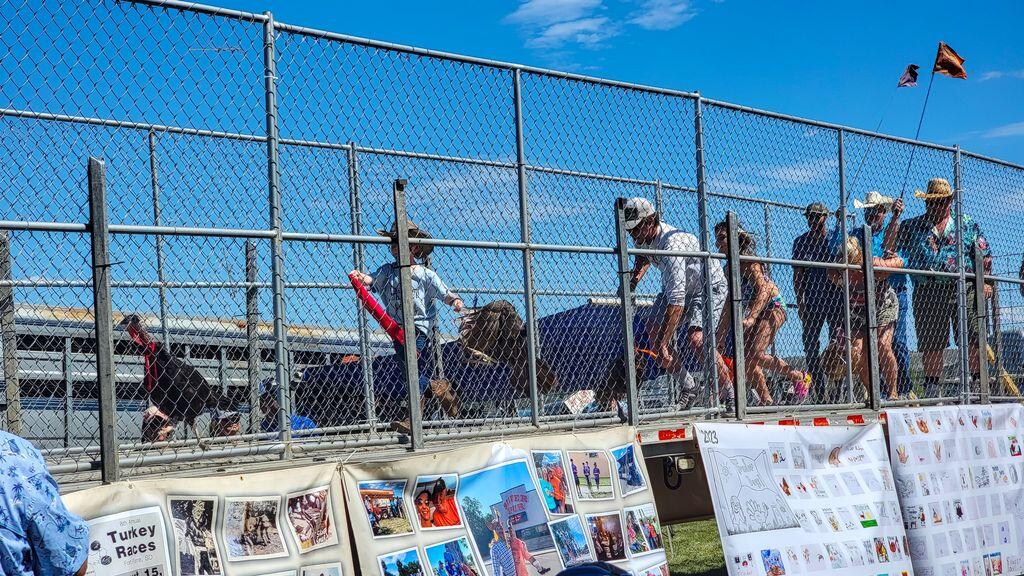


La Framboise Island
La Framboise Island is a historically significant location in the vicinity of Fort Pierre, South Dakota. The island is named after Joseph La Framboise, a fur trader and interpreter of French and Lakota descent who played a notable role in the fur trade during the early 19th century.
Joseph La Framboise was well-connected within both Native American and European communities, which allowed him to serve as a valuable intermediary in trade negotiations. He established a trading post on the island in the early 1830s, taking advantage of its strategic location at the confluence of the Bad River and the Missouri River. This post facilitated the exchange of goods between fur traders and the Lakota Sioux.
The island served as a hub for fur trading activities and cultural interactions during a time when the fur trade was a significant economic and cultural force in the region. La Framboise’s trading post became a crucial link between the Native American inhabitants and European fur traders, contributing to the exchange of goods and ideas.
While the island’s historical structures may no longer be standing, the legacy of La Framboise and the important role he played in the fur trade era is remembered through local history, museums, and educational programs. La Framboise Island stands as a reminder of the complex interactions and partnerships that shaped the history of the American West. Today, the island is a state nature area with miles of hiking trails.
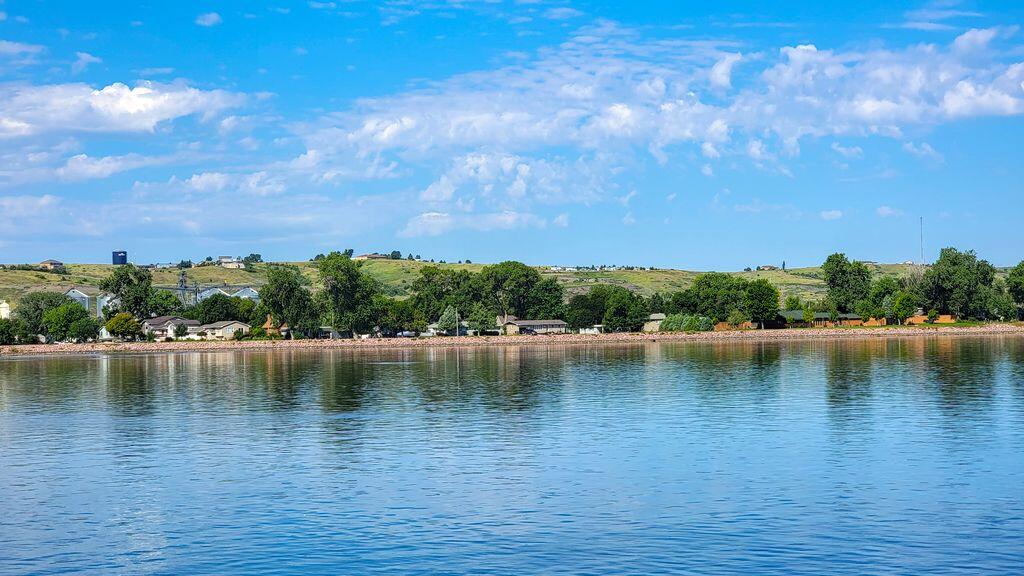
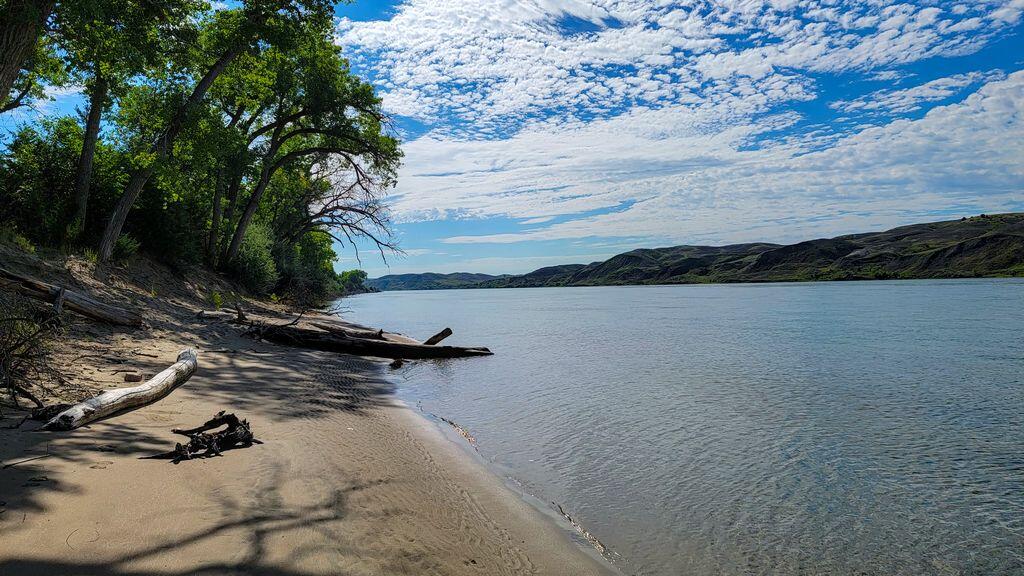
Lewis and Clark
Throughout its history, Pierre has been influenced by the natural beauty of the Missouri River, the Native American presence, the development of the West, and the role it plays as the seat of South Dakota’s government. Its history is a reflection of the broader narrative of the American frontier and the ongoing growth and development of the region.
Lewis and Clark’s visit to Fort Pierre is a fascinating part of their historic expedition. In the winter of 1804-1805, the Corps of Discovery, led by Meriwether Lewis and William Clark, established a winter camp near the confluence of the Bad River and the Missouri River in what is now modern-day Fort Pierre, South Dakota. This camp allowed them to rest and prepare for their further explorations westward.
During their time at Fort Pierre, Lewis and Clark had interactions with the Lakota Sioux tribe, which was significant in terms of both diplomacy and cultural exchange. The explorers traded with the Lakota for essential supplies and learned about the local customs and way of life. This interaction with the Lakota added to the explorers’ understanding of the vast and diverse land they were traversing.
While at Fort Pierre, the Corps of Discovery faced challenges such as harsh winter conditions, scarcity of food, and cultural differences with the Lakota. However, their time at the camp also provided an opportunity for scientific observations and documentation of the local flora, fauna, and geography.
Today, visitors to Fort Pierre can learn about Lewis and Clark’s visit through historical markers, museums, and sites that commemorate their expedition. The area serves as a connection to the past, offering insights into the challenges and achievements of this remarkable journey that played a pivotal role in shaping the exploration and expansion of the United States.
Park Review – River View RV Park

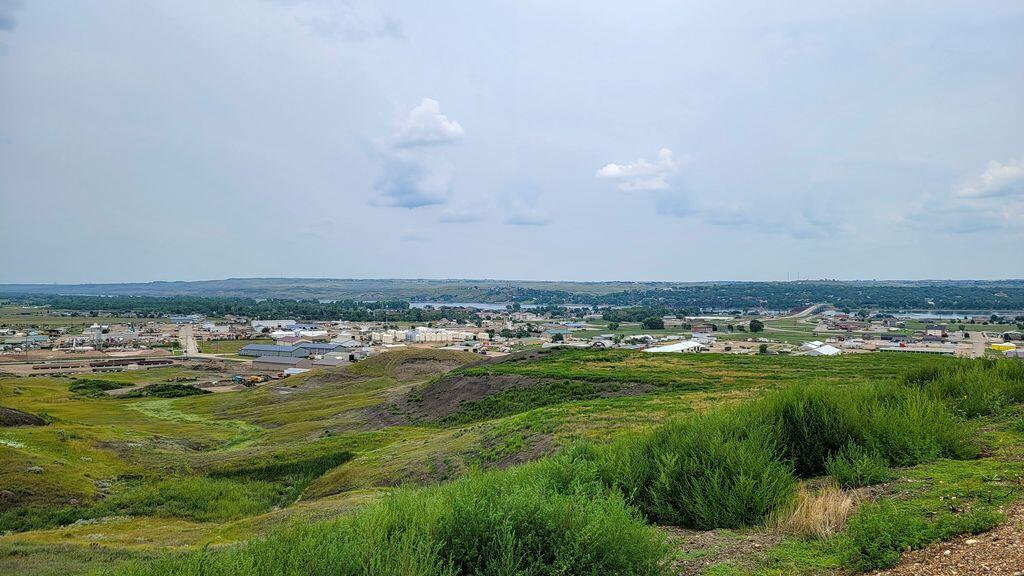

Rating: ⭐⭐⭐+
Location: Pierre, SD
Type: Commercial Park
Check-in/Check-out times: 12:00/12:00
Site Quality / Amenities: Roads and pads are all dirt/gravel. Each site has a picnic table. Restrooms, laundry, small store available in the office. Premium sites have good views of the Missouri River, Pierre and Fort Pierre. Sites 50 to 53 are a bit longer than the rest of the sites.
Access: From US-83 in Ft. Pierre take 2nd Ave to Verendry Dr. The park is a good climb up from US-83 and the road is somewhat rough. All but the last 100′ or so is paved. Be sure to take the Truck Bypass to US-14 when going through Pierre as there is a 11′ 3″ low bridge when US 14 goes through Pierre.
Staff: This is a family run business. When we arrived no one was there to check us in and the owner’s voice mail was full so we just went to the site we originally booked and set up. We later met the owner, Lila and she was very nice. Other reviews really gave her complements for being a great host as well.
Cellular/WiFi: Cellular speeds were good at at 20+Mbps download and upload. The park had WiFi but we dd not use it.
Restaurants: Guadalajara Mexican Restaurant – We went there the day we arrived so we didn’t have to cook. The food was OK but rather bland for those of us used to Tex-Mex. Big Tom’s Diner – Had good hamburgers but based on the name we expected a larger place. It was actually an old Subway Sandwich Restaurant and was very small.
Nearby parks: We didn’t look closely at other parks. Most either do not have sewer connections or do not have reservations ahead of time.
What we liked: Nice family run park with great views of Ft. Pierre and Pierre below.
What we didn’t like: The park is all gravel and somewhat of a parking lot. They have added trees but it will be several years before they will provide any shade.
Verdict: Good place to camp in the Pierre area for up to a week.
